About 40 mins to the South of us, Biddulph Grange stands near the border of Staffordshire and Cheshire, quite close to The Cloud.
https://wizzley.com/the-cloud-1/
Landowner James Bateman developed the gardens at Biddulph Grange, on the Cheshire /Staffordshire border when he bought the house in 1840. He designed it with his friend Edward Cooke and used plants and ideas that he had gathered and had plant hunters and collectors ship plants back to England for him.
The gardens are landscaped in true Victorian style and have several themed areas including Italianate terraces, Egyptian and Chinese themed gardens. The house is privately owned but the gardens are owned by the National Trust who after decades of neglect, brought the gardens back to their Victorian beauty and elegance.
( The original house burned down in the 1890's and was rebuilt but kept the name Grange )
The photos are my own and taken by me.


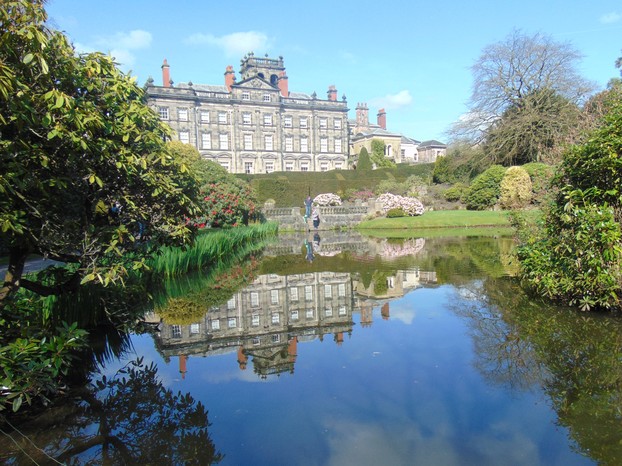
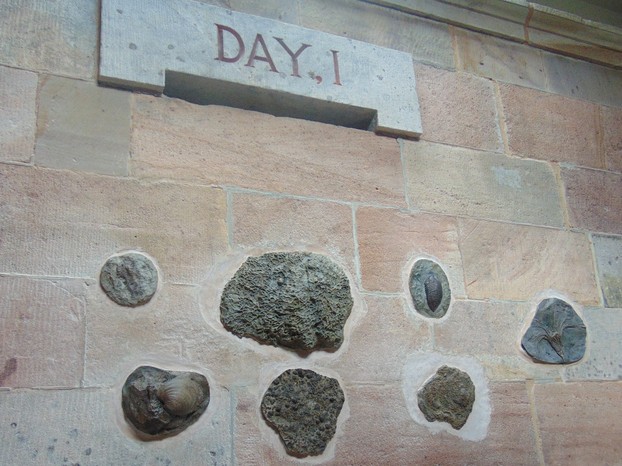
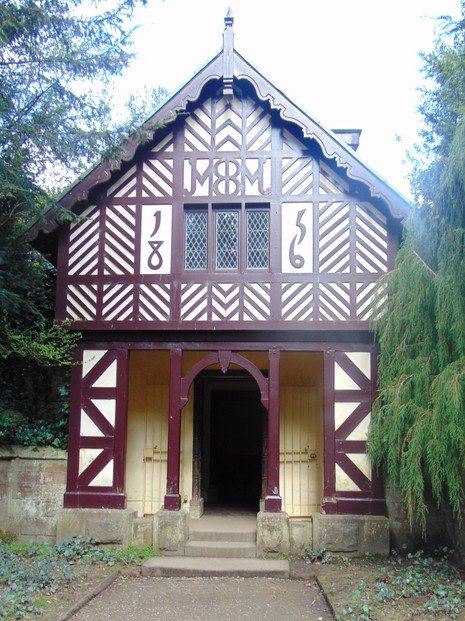
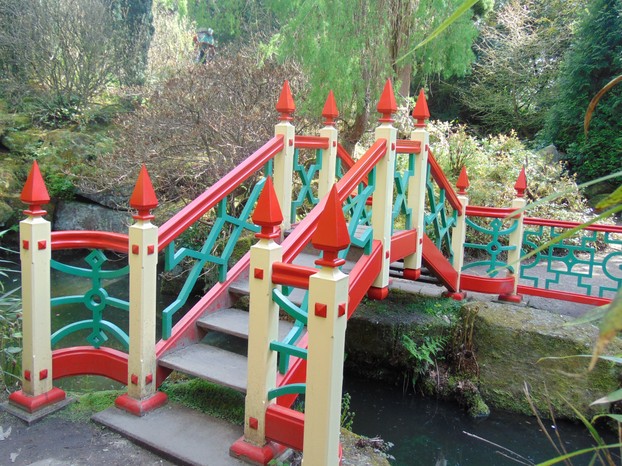
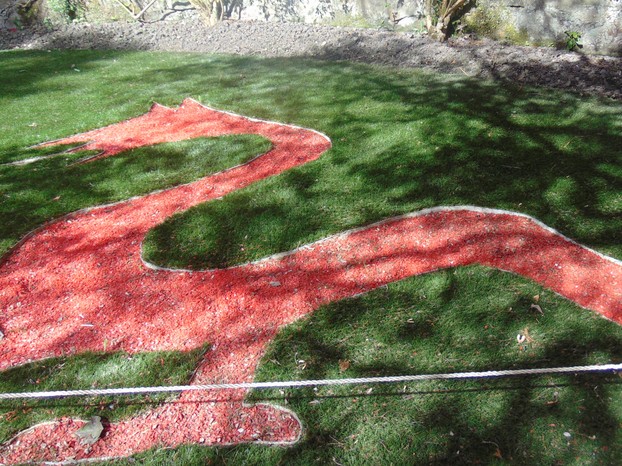
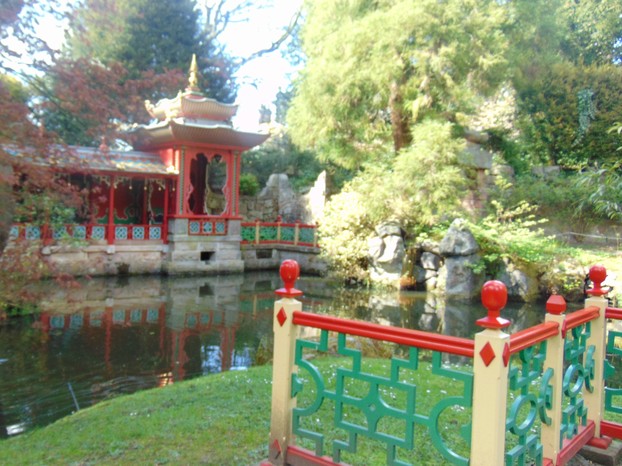
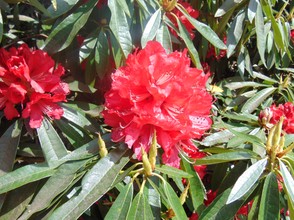
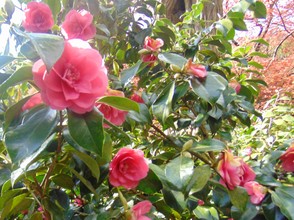
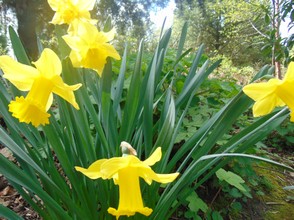
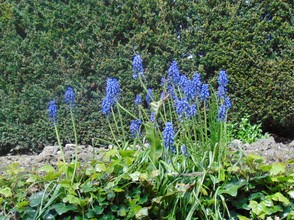

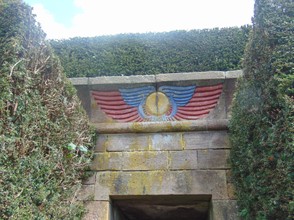
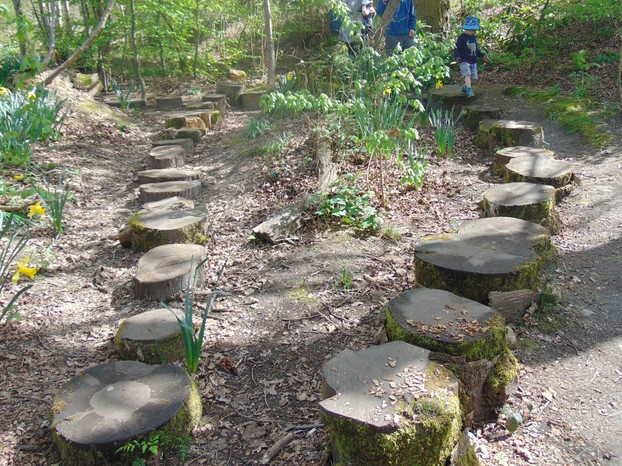
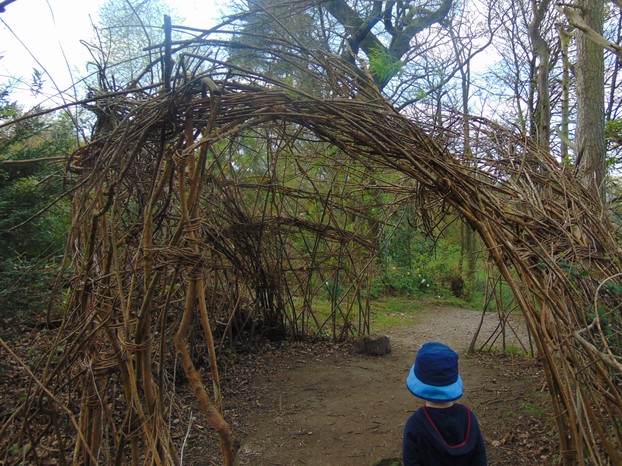
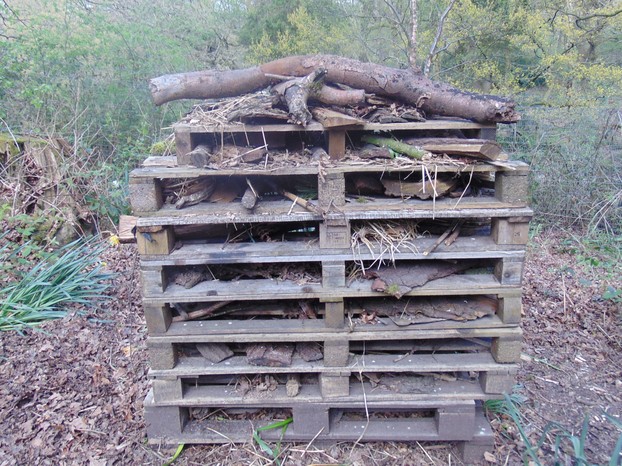
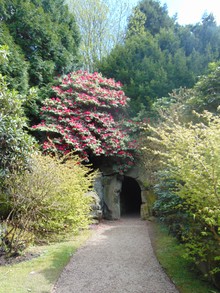
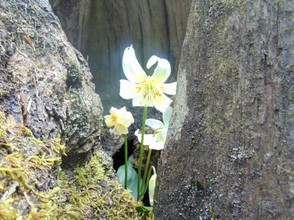
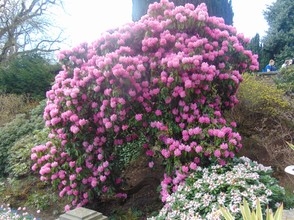
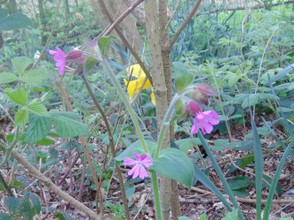
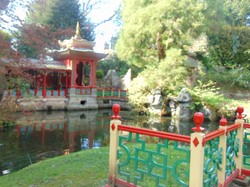

 Blarney Castle and Gardens, County Corkon 06/01/2023
Blarney Castle and Gardens, County Corkon 06/01/2023
 An Cóbh, Corcaigh, Eireon 05/29/2023
An Cóbh, Corcaigh, Eireon 05/29/2023
 Dublin ; The Book of Kellson 04/04/2023
Dublin ; The Book of Kellson 04/04/2023
 The Bee Tree Community CIC;- an online support communityon 08/24/2022
The Bee Tree Community CIC;- an online support communityon 08/24/2022
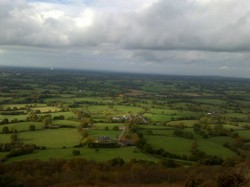
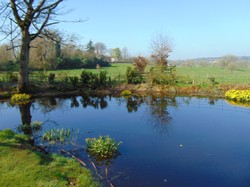
Comments
O good grief.
Combining astronomy and geology. Does that make him a rock star?
An astrogeologist. There is a great future in getting a job tracking dangerous asteroids. It might be a world saviour.
He is in High School. Very serious, quiet, very studious and geeky. Maths and Science are his fav. He is hoping to be an astro-geologist
Thank you for your comment below, on Jun 6, 2017, in answer to my previous, same-day observation and question.
The two photographs of your grandson enchant me.
Your grandson looks so attentive, so careful, so serious in his descending by the tree-stump steps. It looks like not one detail misses him, like he might be massing everything -- like his travel writer grandmother ;-D -- for what might be a travel writing!
Seven years between this 2017 wizzley and now puts your grandson at age 11 or 12.
Would he be writing anything outside of school assignments, something that would warrant writing as perhaps a secondary career, a sideline?
The Cheshire house was very spartan inside as it is a folly, a rich man's folly built purely to show how wealthy they were to be able to waste so much money.
Yes the little man is my pride and joy, my beautiful grandson 4 year old. my descendant. I love him more than I love myself.
Veronica, Thank you for the tour and particularly the pictures of the bug hotel, folly and withy work. What does the inside of Cheshire House look like? Is the intrepid explorer of the stepping stones and the withy work one of your descendants or relatives?
Don't over-rate me, but thanks anyway. There are subjects at which I am not wonderful, for example maths, but my real Achilles heel is my weakness at art, at which I am very poor.
Hello Sheila . TY It is a lovely place to visit.
Frank's a genius; he brightens any discussion. He's the oldest and I think he got all the brains.
Nice photos, Veronica. I enjoyed your article and the discussion with Frank.